Elevating Peony Blooms: Strategies for Size and Color Intensity Enhancement
Achieving large, vibrant blooms is the pinnacle of peony gardening, captivating with their stunning colors and impressive size. By employing targeted techniques and thoughtful practices, you can enhance the size and color intensity of your peony blooms, transforming your garden into a captivating display of floral splendor. Here’s how to elevate your peony blooms to new heights of beauty.
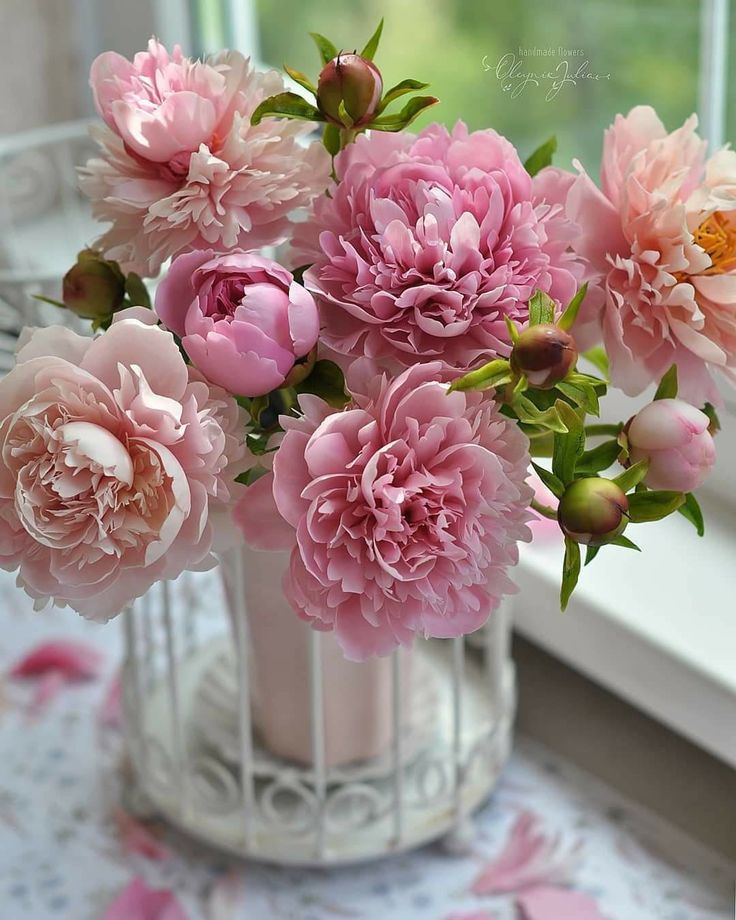
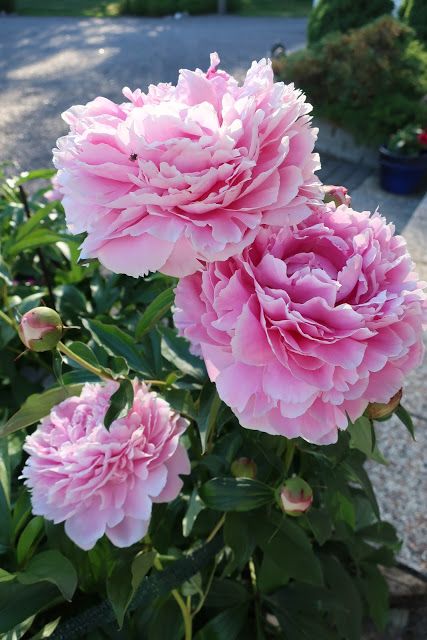
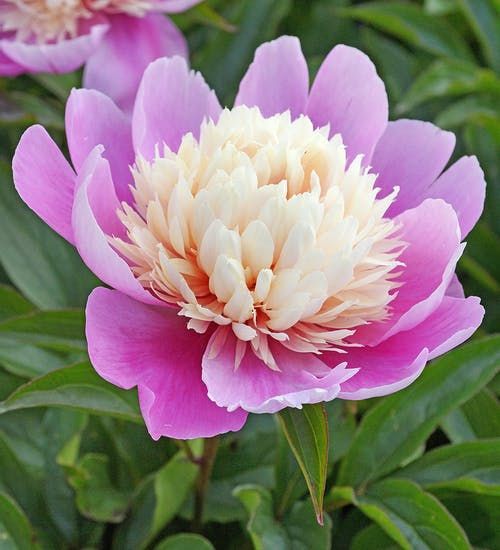
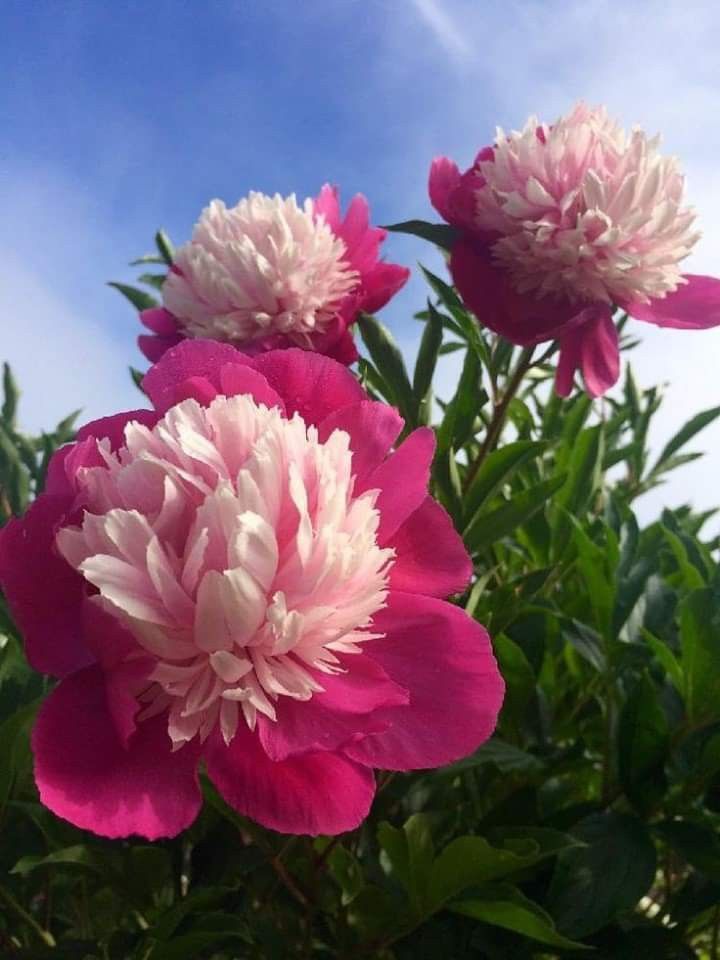

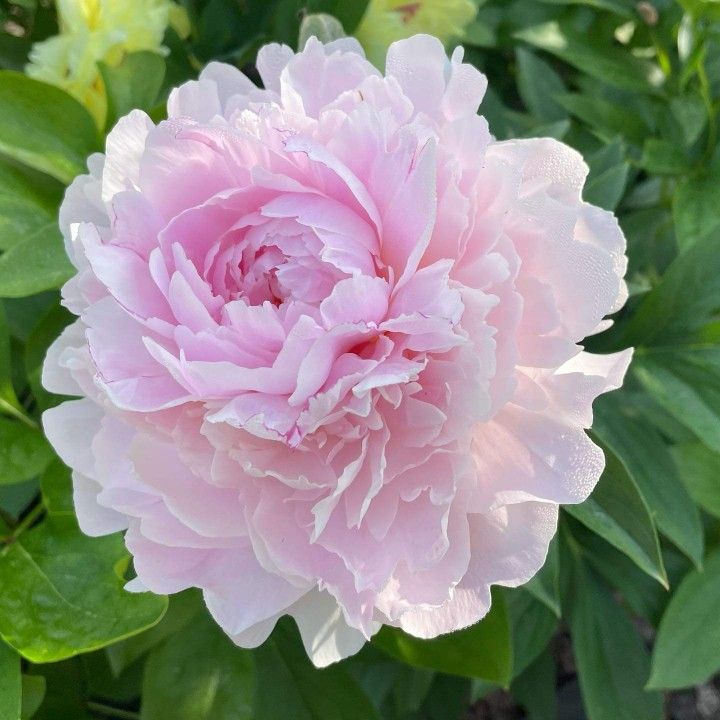
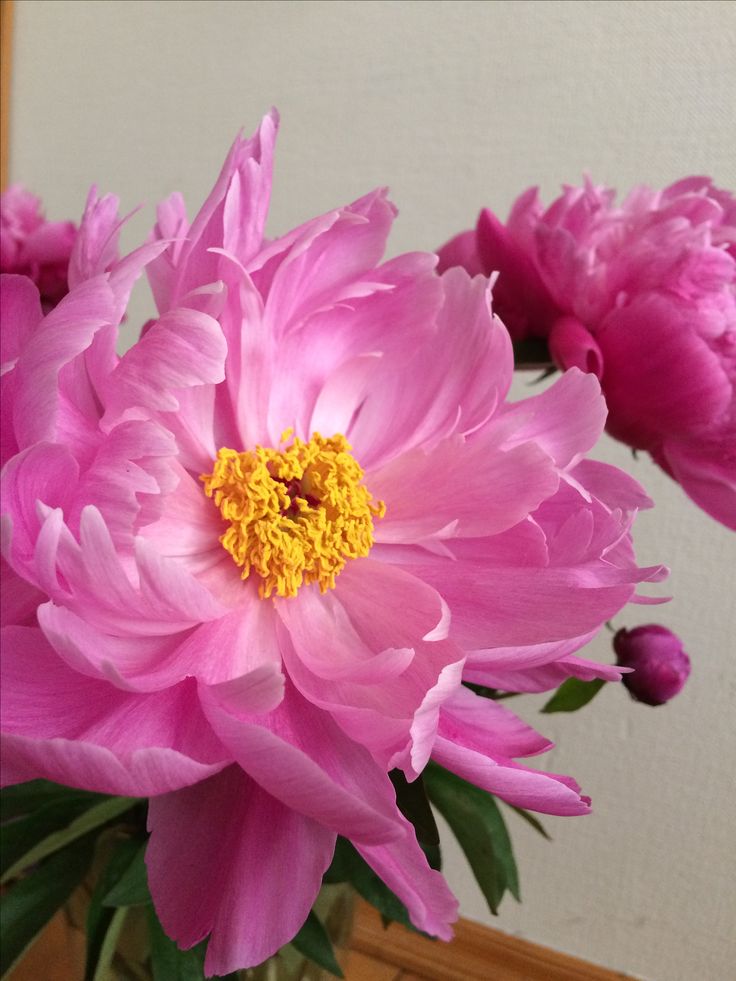
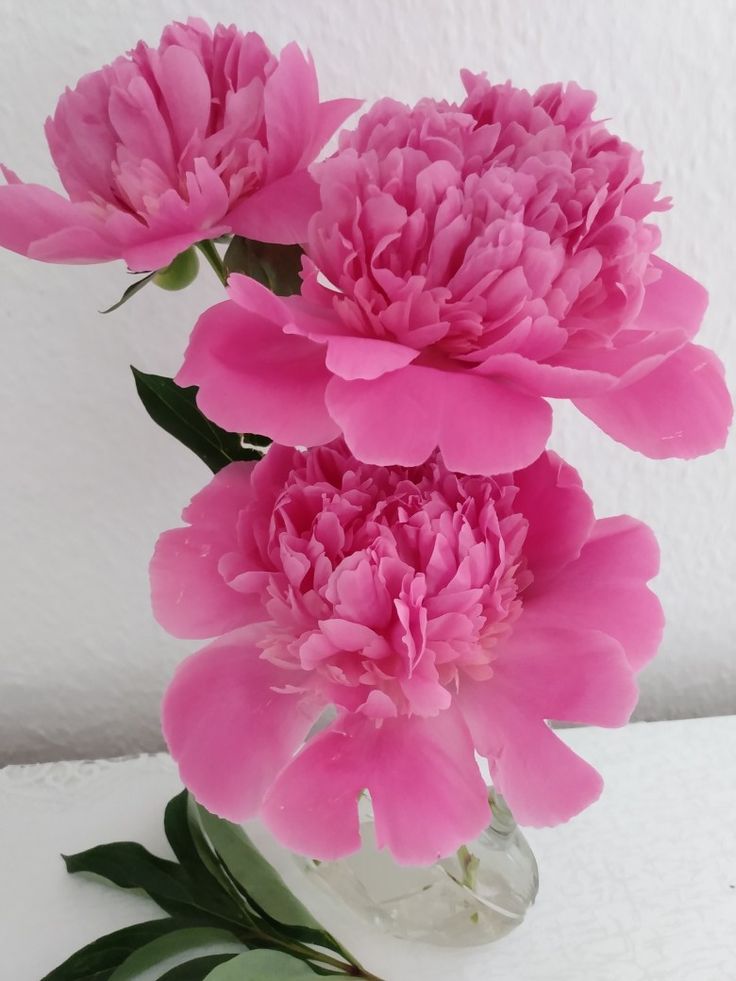



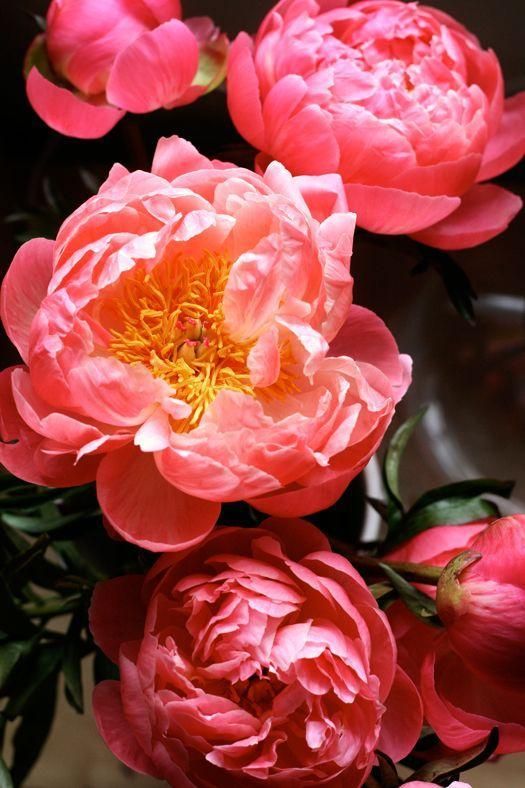
1. Optimal Growing Conditions
- Sunlight: Ensure peonies receive at least 6-8 hours of direct sunlight daily to promote robust growth and vibrant blooms. Position plants in a sunny location with well-drained soil for optimal performance.
- Soil Quality: Plant peonies in fertile, loamy soil enriched with organic matter such as compost or aged manure. Maintain soil pH between 6.5 to 7.0 for optimal nutrient uptake and bloom development.
2. Adequate Watering and Mulching
- Deep Watering: Provide consistent moisture to peonies, especially during periods of active growth and blooming. Deep waterings, allowing the soil to thoroughly soak, encourage healthy root development and lush blooms.
- Mulch Application: Apply a layer of organic mulch around peony plants to conserve soil moisture, suppress weeds, and regulate soil temperature. Mulching also enriches the soil as it decomposes, supporting overall plant health and bloom production.
3. Proper Feeding and Fertilization
- Balanced Fertilization: Apply a balanced fertilizer formulated for flowering plants in early spring before peonies emerge from dormancy. Follow package instructions for application rates, avoiding excessive nitrogen which can promote foliage growth over blooms.
- Phosphorus Boost: Prioritize phosphorus-rich fertilizers or supplements to encourage robust root development and prolific flowering. Phosphorus is essential for bloom formation and color intensity in peonies.
4. Deadheading and Pruning Practices
- Deadheading Spent Blooms: Remove spent blooms promptly to redirect energy towards developing new flower buds. Deadheading also prevents the formation of seed pods, encouraging continued blooming throughout the season.
- Pruning Techniques: Prune peonies selectively to remove dead or damaged foliage, improving air circulation and reducing the risk of disease. Avoid cutting back healthy stems excessively, as this may hinder bloom production.
5. Supportive Structures and Maintenance
- Staking: Provide support for heavy flower heads to prevent stems from bending or breaking under their weight. Install discreet stakes or peony rings early in the growing season to support emerging stems as they mature.
- Pest and Disease Management: Monitor peonies regularly for signs of pests or diseases, addressing issues promptly to minimize stress on plants. Use organic pest control methods and proper sanitation practices to maintain plant health and vitality.
6. Companion Planting for Color Enhancement
- Complementary Flowers: Pair peonies with companion plants that complement their colors and enhance visual impact. Select flowering companions such as lavender, irises, or roses to create harmonious color combinations and extend the bloom season.
- Contrast and Texture: Incorporate foliage plants with contrasting textures and colors to showcase peony blooms effectively. Ornamental grasses, ferns, or variegated foliage plants provide visual interest and serve as attractive backdrops for vibrant peonies.
Conclusion
Elevating the size and color intensity of peony blooms requires a combination of optimal growing conditions, attentive care practices, and thoughtful design choices. By providing adequate sunlight, water, nutrients, and support structures, along with regular maintenance and strategic companion planting, you can unlock the full potential of your peony garden, delighting in larger, more vibrant blooms that captivate the senses and elevate your outdoor space to new heights of beauty.
FAQs (Frequently Asked Questions)
- Can I change the color of my peony blooms?
- While genetic factors primarily determine peony bloom color, certain practices such as soil pH adjustment may influence color intensity. Acidic soils tend to enhance pink hues, while alkaline soils may intensify white or red tones. However, changing bloom color significantly is not feasible through gardening practices alone.
- Why are my peony blooms small and sparse?
- Small or sparse blooms may result from insufficient sunlight, poor soil quality, inadequate watering, or nutrient deficiencies. Ensure peonies receive proper care, including adequate sunlight, well-drained soil, consistent moisture, and balanced fertilization, to encourage robust bloom production.
- How can I prolong the bloom season of my peonies?
- Succession planting with early, mid, and late-blooming peony varieties, along with strategic companion planting, can extend the bloom season of peonies. Choose varieties with overlapping bloom times and complementary flowering companions to create a continuous display of blooms throughout the growing season.